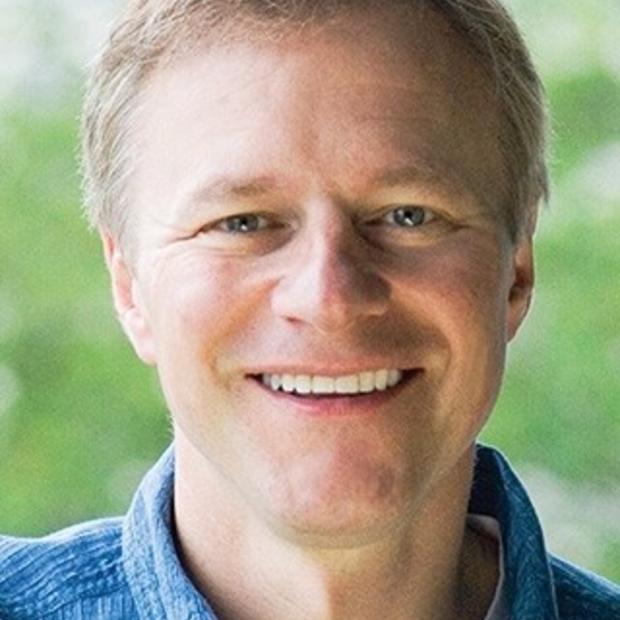Most presidential nominees choose a running mate to balance the party ticket.
Forty-eight-year old candidate Barack Obama picked Joe Biden, a senator since the early '70s, to add some gray hair and balance the ticket generationally. Ronald Reagan went with Ambassador George H.W. Bush to unify the ticket ideologically. Jack Kennedy from Massachusetts opted for Texas Sen. Lyndon Johnson to balance the ticket geographically.
In choosing Wisconsin Congressman Paul Ryan, Mitt Romney did all three and much more. The day before Ryan joined the ticket, the contest was about the current state of the economy (advantage Romney) and “likability” (advantage Obama). Now it is also about the size and scope of the federal government itself. There will be no middle ground come November. Americans will vote for a future with a larger role for the federal government or a smaller one.
We know what side of that divide Barack Obama is on. Ryan, younger and smarter than Obama, is the leading voice in D.C. for “restoring, not replacing” the principles of freedom based on limited government. No wonder both the left and right are jazzed about Ryan being on the ticket. It’s game on.
But gleeful liberals who regard Ryan, a 14-year veteran of Congress (first elected at 28) as a fixture of the far right should take a look at his congressional district in southeastern Wisconsin. It’s a middle-class swing district that Obama carried by four points, but which Ryan routinely wins with more than 65 percent of the vote. The Mediscare tactics already being employed against him nationally have been tried repeatedly in his congressional contests. One anti-Ryan ad showed a look-alike pushing an old lady in a wheelchair off a cliff (some liberals aren’t subtle when defending the status quo in federal entitlements).
The ads failed because his constituents know that Ryan is trying to have a serious conversation about serious issues that demand serious solutions. He respects people’s intelligence. They are reciprocating.
President Obama, regrettably, has not. He appointed a commission to tackle the issue of spending control and tax reform (the Simpson-Bowles commission), but has pointedly ignored its recommendations. He formed a jobs council but hasn’t met with them for six months. The stimulus spending program that cost $831 billion was supposed to bring unemployment down to 5.7 percent this month. It’s been above 8 percent for three and a half years (a predictable outcome when you outsource spending details to Nancy Pelosi and Harry Reid). Five trillion dollars in new debt has been added, and 40 cents of every dollar the federal government now spends is borrowed.
No action on tax reform. No action on entitlement reform. And his idea of health reform was Obamacare, which Ryan pointed out would actually increase health spending and the deficit. No wonder the president gave Obamacare just half a line in his State of the Union address.
Paul Ryan, on the other hand, has written plans to slow the growth in spending (not “slashing” it as numerous media stories have reported), reform the tax system to encourage businesses to generate more jobs, and reform expensive federal programs that are headed for certain insolvency, namely Medicare. Thus come the attacks for trying to end “Medicare as we know it,” which are both predictable and distorted (they neglect mentioning that choosing traditional Medicare would be an option for future retirees who opt not to shop for a better plan with premium support from the government).
But the attacks are happening precisely because Congressman Ryan has stepped forward to put forth a serious plan for reigniting the economy, reforming taxes, and rescuing Medicare from inevitable insolvency. Inside the Beltway, that’s called “touching the third rail” of politics and inviting doom. But increasingly, outside the nation’s capital, it’s called “leadership.” Ryan’s presence on the ticket drives home the lack of that in the White House.
That gives voters the opportunity to choose real change for the fourth straight election: in 2006, they fired a Republican congress that got too cozy with big spending and too careless about unethical behavior. In 2008, they voted for Obama, Hope and Change, along with more Democrats in Congress. Two years later, upset with the direction of that change, they sent House Democrats packing in unprecedented numbers, electing the most Republicans to the House in nearly 70 years.
Now they will decide whether to head back to the left — a second Obama term will be even more liberal without the discipline of another re-election campaign — or to repudiate Obama’s “It all starts with government” philosophy and embrace a future that protects freedom by limiting the government.
It will be the most consequential election since Reagan challenged Jimmy Carter in 1980.


